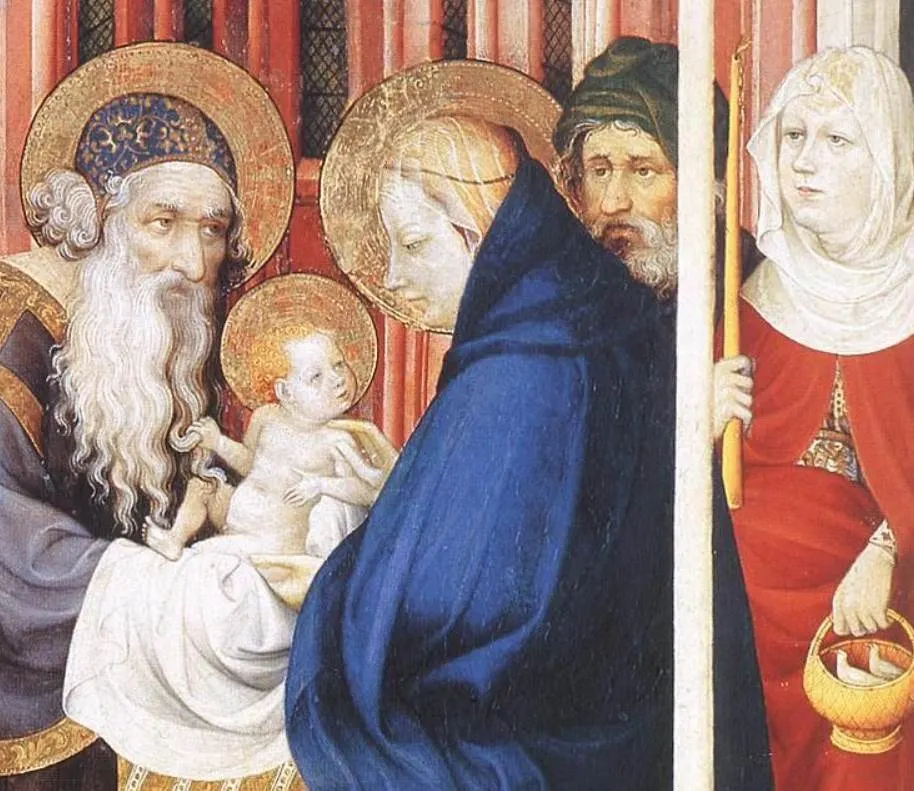We all know the Gothic Cathedrals that were constructed during the Middle Ages. The Architecture that emerged during this period was nothing short but breathtaking.
The Gothic period evolved from Romanesque art and started around the 12th century. It ended when Renaissance artists transformed the world of art in the 14th and 15th centuries.
Most Gothic artists focused on decorations for the incredible Gothic buildings that were constructed all across Europe at the time.
Stained glass windows and sculptures adorning the façades and windows of the churches were the most popular Gothic artworks, followed by printmaking, frescoes, and panel painting.
Despite the copious amounts of innovations in Gothic architecture, the same can’t be said about painting. The exact time that the transition between Romanesque artists and Gothic art happened remained therefore rather obscure.
In this article, you’ll discover some of the most famous Gothic artists in history, people who produced art during the dark years of the Middle Ages in Europe.
1. Giotto
Giotto di Bondone (1267-1337) was an Italian artist from Florence who left a permanent mark on the city’s urban landscape. He was both a painter and architect and is described as the man who formed the bridge between the dominant Byzantine art at the time and the transition to the Renaissance.
Despite the praising admiration of his contemporaries, little is known with certainty about his life. Many of his most famous works aren’t positively attributed to him. The best-known building designed by him is named in his honor, Giotto’s Campanile, a free-standing bell tower located right next to Florence Cathedral and the Florence Baptistery.
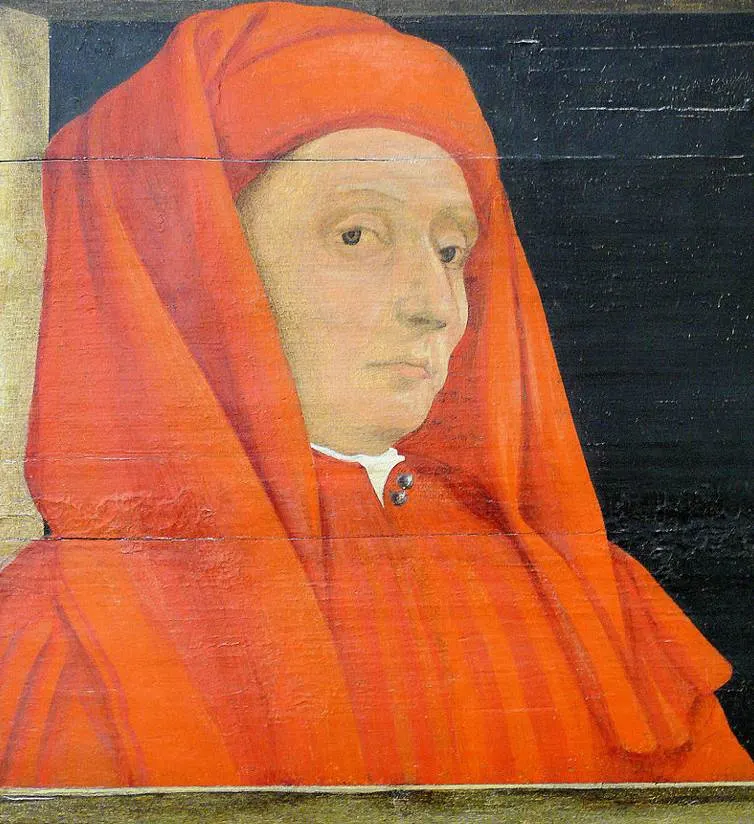
2. Duccio
Duccio di Buoninsegna (1255-1319) is considered to be the most renowned Italian painter of the Middle Ages. He was active in the Italian city of Siena and other cities in the Tuscany region throughout his career and is credited as being the founding father of the Sienese School.

His paintings show a clear influence of the Byzantine style. Most of his works were produced using egg tempera and are decorated with gold leaf. He differentiated himself from contemporary artists by integrating a strong sense of emotion into the figures he painted, something that wasn’t common at the time.
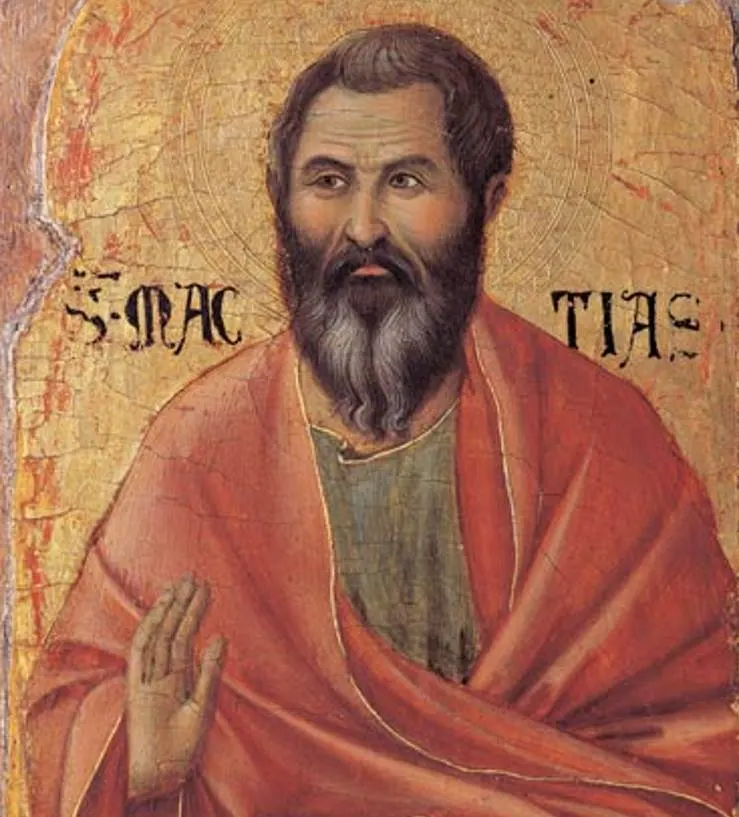
3. Hermen Rode
Hermen Rode (1468-1504) was a German artist who was active in Lübeck for his entire life. Despite living at the height of the Renaissance in Italy, he maintained a Gothic approach to his paintings, which aren’t numerous in numbers as well.
Only a few paintings are positively attributed to him, including the “Altarpiece of St. Luke” (1484) which is located at St. Catherine’s church in Lübeck but is now the main attraction of the St. Anne’s Museum in the city. Several of his altarpieces have made their way north and can be admired in Sweden.
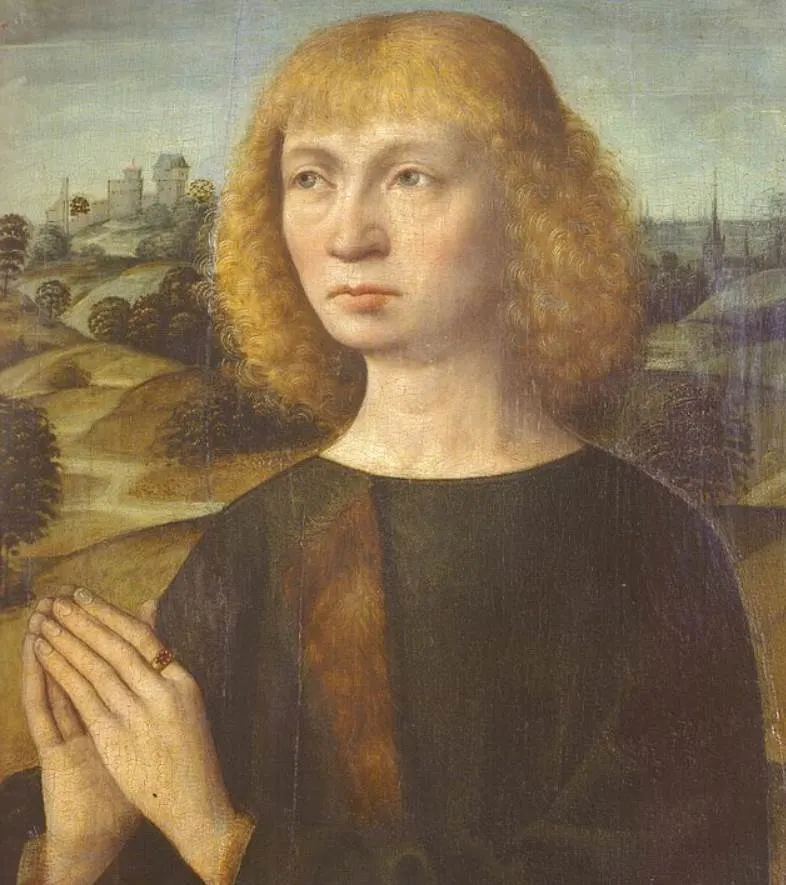
4. Pietro Cavallini
Pietro Cavallini (1259-1330) was an Italian painter and mosaic designer who was active in Rome. We know for sure because he signed his work with “Pictor Romanus” or “Roman Painter.” He painted several altarpieces in the city, including a cycle of frescos at the Basilica di San Paolo Fuori le Mura, one of the main churches in Rome.
He spent several years of his life working in Naples for King Charles II of Anjou. Here he continued producing monumental frescos for the major churches in the city, including San Domenico Maggiore (1308) and Santa Maria Donnaregina (1317). The final years of his life were dedicated to decorating the exterior of the Basilica di San Paolo Fuori le Mura.
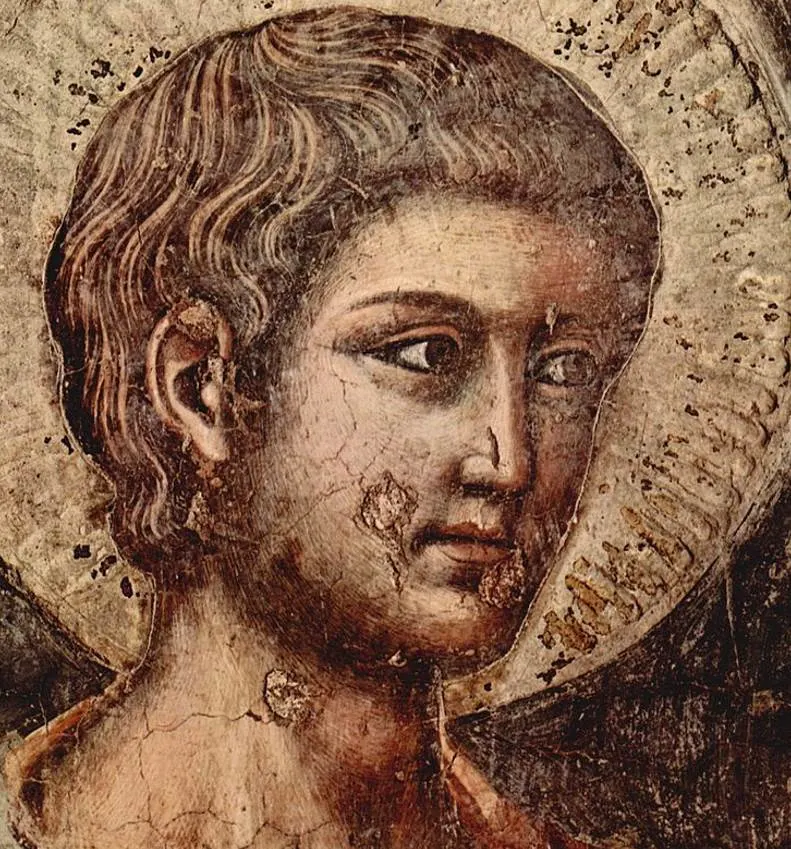
5. Nicola Pisano
Nicola Pisano (1220-1284) was an Italian sculptor who played a major role in the transition from Gothic sculpture to modern sculpture. He was one of the first sculptors in Italy who integrated classical elements into his works, something that was replicated and expanded during the Renaissance by the likes of Donatello and Michelangelo.
This means that his sculptures are considered to be precursors of Renaissance sculptures and they were very influential for future generations. Some of his most notable works are the dome and pulpit of the Pisa Baptistery and the pulpit in Siena Cathedral.
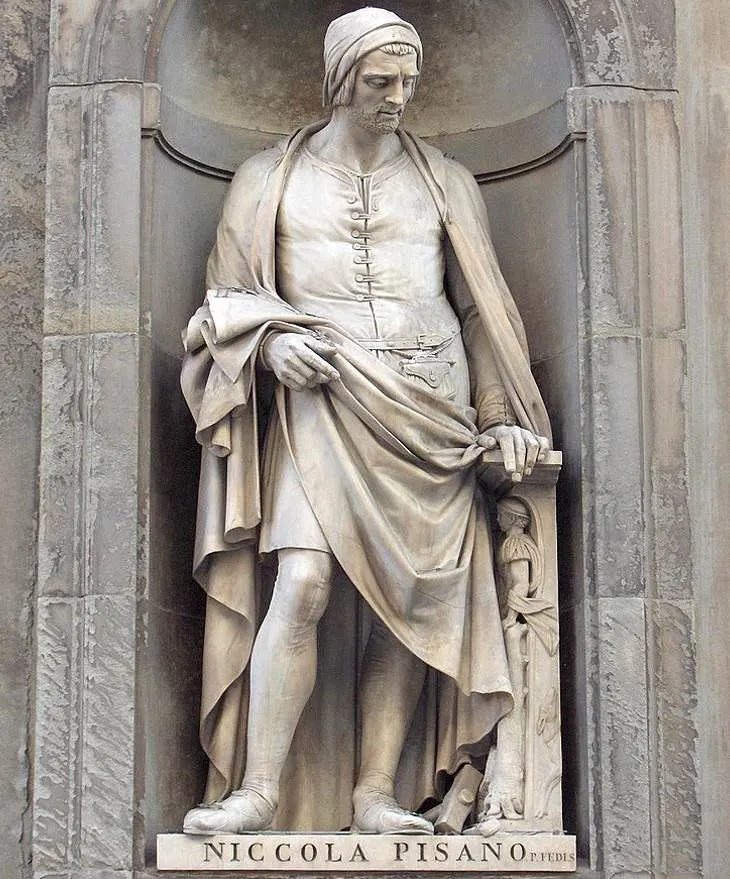
6. Simone Martini
Simone Martini (1284-1344) was another Italian painter from Siena and one of the key figures of the International Gothic Style, a period of Gothic Art during the 14th and 15th centuries. Art historians believe that he was a pupil of Duccio who was the leading Sienese artist at the time.
One of his most famous works during the early phase of his career was a mosaic that he produced for the Old St. Peter’s Basilica, a structure that was replaced by the new St. Peter’s Basilica in the 16th century. Although many other paintings are attributed to him, many are questioned by art historians, as well as most of the details of his life.
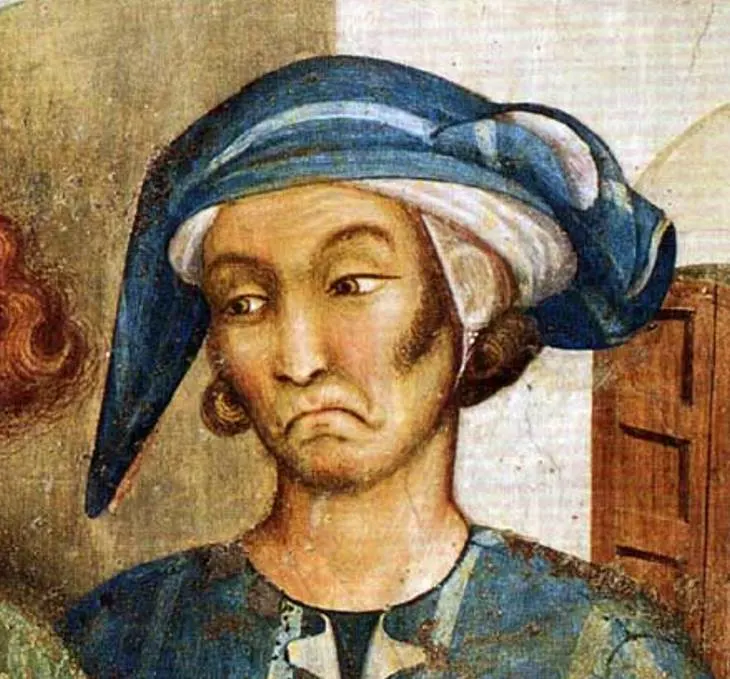
7. Ambrogio Lorenzetti
Ambrogio Lorenzetti (1290-1348) was yet another Sienese painter who produced some of the best-known works in the city. This includes the fascinating “The Allegory of Good and Bad Government” (1338-1339) which decorates the Sala dei Nove at the Palazzo Pubblico in Siena.
His art can be described as a combination of Byzantine influences mixed with elements from Classical Art. This made him one of the most unique Gothic artists in history with a remarkable individualistic style. He’s also believed to have been influenced by his colleague Simone Martini who was slightly older than him.
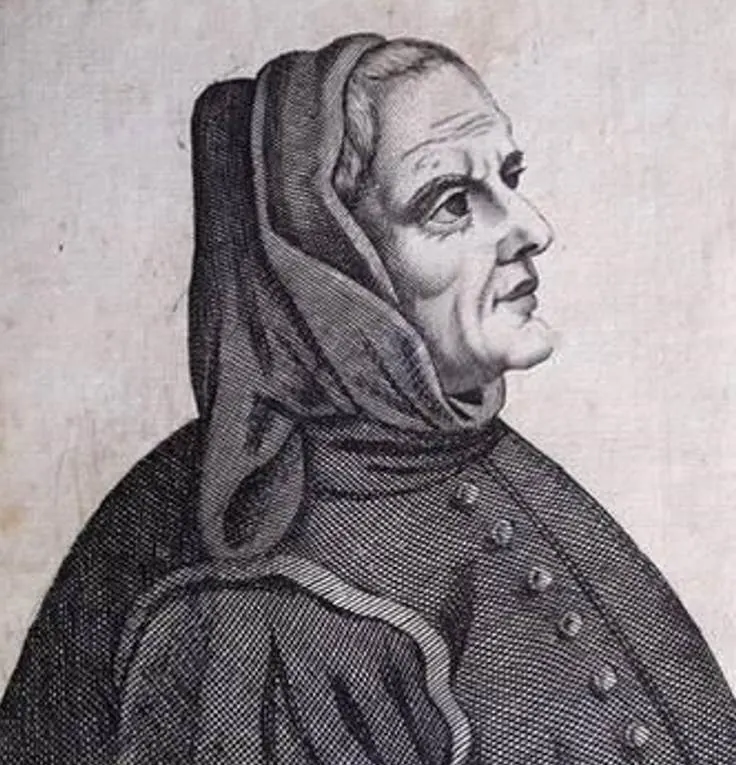
8. Melchior Broederlam
Melchior Broederlam (1350-1409) was a renowned Flemish artist who was active in the city of Ypres in Modern-day Belgium. He’s considered t be one of the first of the Flemish Primitives and therefore influenced other famous Early Netherlandish painters such as Jan van Eyck (1390-1441).
He has another thing in common with van Eyck because he was also the court painter of the Duke of Burgundy, a man named Philip the Bold. Even though he is considered to be a very influential artist in history, only one pair of panel paintings can be positively attributed to him. This is mostly because he experimented with oil, a material that was mastered by his successor Jan van Eyck.
